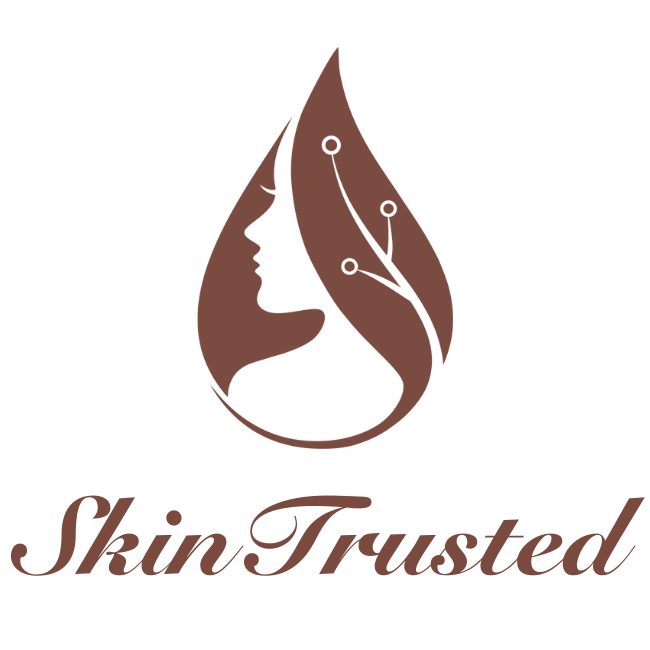HELPS CONTROL:
- Acne
- Eczema
- Psoriasis
- Dermatitis
PRICE RANGE: Professional treatments can cost between $40-60. At-home devices range depending on model type and specifications, $35-$500 is typical.
AVERAGE DOWNTIME: No downtime, non-invasive.
BLUE LIGHT THERAPY TREATMENT OVERVIEW
WHAT IT DOES:Blue light therapy uses light emitting diodes (LEDs) in the visible blue light spectrum (400nm-450nm) to non-invasively influence certain behaviors in the skin and aid in the destruction of the P. acnes bacteria. P. acnes is a key bacteria associated with many acne conditions. Combining blue light therapy with red LED light is a popular treatment for acne, with studies suggesting that this combination may help regulate sebum production.
WHAT YOU NEED TO KNOW:Blue light therapy is available both as a professional treatment and as an at-home therapy, with various handheld or face mask models available on the market. For those considering the best at-home device, it is important to look for LED devices that emit blue light in the range of 405nm-420nm to optimize its bactericidal effect. While professional blue light therapy is more powerful than consumer options, consistent and frequent use of at-home blue light therapy can still be an effective tool for managing acne.
BLUE LIGHT THERAPY FAQS
Does LED light stimulate collagen?
Studies have shown that red LED light stimulates fibroblasts, boosting collagen production, while blue light therapy is more effective for acne by targeting and eliminating P. acnes bacteria, a primary cause of acne. Due to its anti-inflammatory properties, red LED light is frequently alternated with blue light in acne treatment regimens.
Does blue LED light cause hyperpigmentation?
There's a lot of confusion surrounding blue light therapy and its potential to cause hyperpigmentation. Research indicates a small correlation between blue light therapy and increased hyperpigmentation in individuals with Fitzpatrick skin types III and higher. For those with darker skin tones, blue light therapy for acne might not be the ideal choice. On the other hand, red LED light does not induce pigmentation and its anti-inflammatory properties are beneficial in treating acne. Therefore, red LED therapy can be a safer and effective alternative for managing acne without the risk of hyperpigmentation.
How often should you use blue light therapy on your face?
One benefit of light therapy for acne is the ability of blue light therapy to destroy Propionibacterium acnes, or P. acnes, a key bacterial component in most acne. In these cases, consistent and frequent use of blue light therapy will be more efficacious in controlling bacterial growth and improving acne. While the sources of light therapy for acne found in professional skin treatments may be stronger, at-home devices used consistently can mimic and even exceed the effects of a professional light therapy for acne treatment. When choosing an at-home blue light therapy device, look for a model that emits wavelengths of 400-450nm. Although manufacturer guidelines for use may differ based on different outputs of energy, most devices will recommend close skin exposure to the light for 5-20 minutes once daily.
How long does it take for LED light therapy to work?
Consistent and continued use of blue light therapy is crucial for effectively controlling bacterial growth, the primary function of this treatment. Typically, it takes about 4-6 weeks to see noticeable improvements. However, not all types of acne respond to blue light therapy. For instance, those with the rarer gram-negative bacterial strain may find little benefit from this treatment. Professional light therapy sessions are generally more effective than at-home models for this condition, and an experienced skincare professional can provide realistic expectations for the treatment. Given that every acne case is unique, it's essential to consult with a trusted skincare expert to determine the most suitable treatment options.
What should I put on my face after blue light?
Red LED light therapy has been shown to stimulate fibroblasts cells, which leads to increased collagen production, making it an excellent option for improving skin texture and firmness. On the other hand, blue light therapy is particularly effective for treating acne, as it targets and destroys P. acnes, the bacteria responsible for acne formation. Due to its anti-inflammatory properties, red LED light is often alternated with blue light in acne treatment regimens to help reduce inflammation and promote healing, providing a comprehensive approach to skincare.
Can I wash my face after blue light therapy?
Blue light therapy using LEDs is generally safe and does not impair the skin on its own. However, when combined with a photosensitizing agent in photodynamic therapy, specific skin care is required. For LED blue light therapy used alone to treat acne, it is crucial to thoroughly cleanse the skin before exposure to ensure the light energy penetrates effectively. Applying lightweight, non-opaque serums or masks can help keep the skin hydrated and comfortable during the treatment, but you should discuss with your doctor prior to using any serums prior to LED treatment.
*Always consult your physician before undergoing any procedure
**Follow all product use instructions and warnings
***If irritation occurs, discontinue use; if irritation persists, consult your physician



